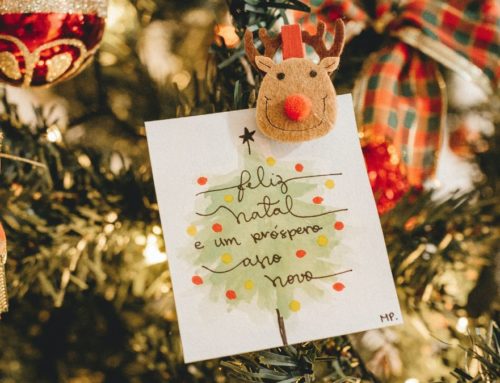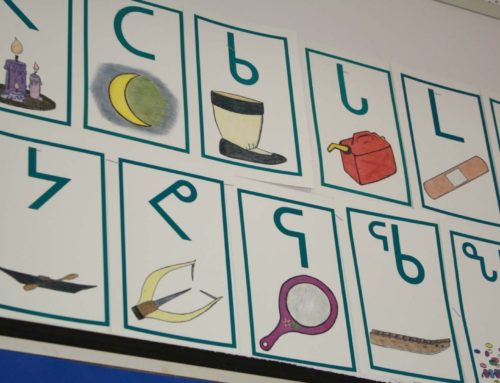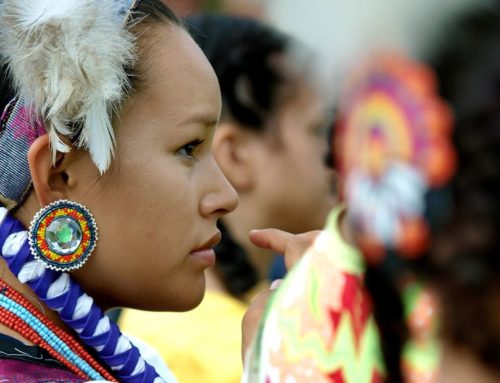We all cherish that time of year when the grey skies part, the rain stops (momentarily) and the cherry trees in Vancouver seem to collectively burst into blossom. Many of us take this opportunity to go for long strolls under the boughs in our neighbourhoods or visit local botanical gardens.
Since 2006, the Vancouver Cherry Blossom Festival (VCBF) has been marking the advent of spring with a variety of local community events designed to honour our beautiful cherry trees, which in addition to being lovely garnishes on our city streets, are part of a rich cultural heritage in Vancouver.
“I think
“A lot of people have memories that they remember because of the cherry blossoms. It’s a celebration of beauty, the beauty of nature.”
Poole, who originally hails from Alberta, says that she fell in love with the cherry blossoms when she first came to Vancouver. During work in the Canadian Foreign Service, she met a Japanese diplomat named Knobu-San who told her about the centuries-old tradition of cherry blossom celebrations in Japan. Upon returning to Vancouver in 2005, Poole rediscovered her love of the cherry tree and she set her mind on creating the city’s own cherry blossom festival.
Vancouver, home to over 40,000 cherry trees (most of which are either of the Akebono or Kwanzan variety), was very receptive to the festival and its celebration of the cultural history of the city: many of Vancouver’s cherry trees date back to the 1930s-50s and were gifts from Japan. In the 1930s, the mayors of Kobe and Yokohama gifted the Vancouver Park Board with 500 cherry trees to honour the Japanese-Canadians who served in the First World War. Another 300 trees were given to the city in 1958 by the Japanese consul Muneo Tanabe as a symbol of goodwill and friendship between the nations of Canada and Japan1.
The Roots of Tradition
The cherry blossom is the national flower of Japan and plays a significant role in the culture and identity of the nation. It is the central figure of festivals and celebrations, and is also a popular motif in Japanese art and design. The famous Japanese woodblock painter Katsushika Hokusai frequently depicted the blossoms in his prints of the Japanese countryside. The cherry blossom has also been honoured through dances and in songs—notably in one popular folk song titled Sakura, a Japanese word for “cherry blossoms”.
Lyrics to Sakura (translated from Japanese)
Cherry blossoms, cherry blossoms,
In fields and villages
As far as you can see.
Is it a mist, or clouds?
Fragrant in the morning sun.
Cherry blossoms, cherry blossoms,
Flowers in full bloom.
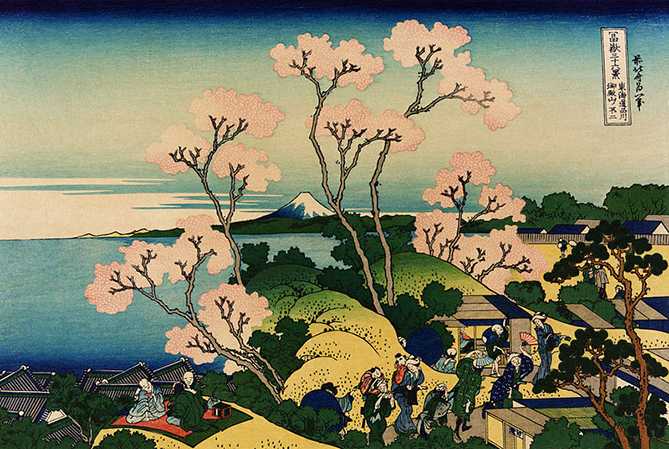
Politically, the association between the cherry blossom and imperialism has been noted in documents that date back to the Nara Period in Japan (710-794 CE). In a study of Japanese history and identities, anthropologist Emiko Ohnuki-Tierney notes that in a folktale from Kojiki (712 CE)— a volume of folklore and history that was commissioned by Emperor Tenmu— the grandson of the Sun Goddess is sent to transform a wild landscape into a bountiful rice field. He chooses to marry a young and beautiful deity by the name of “A Blossom on a Tree”— an allusion to the cherry blossom. In this folktale, the progeny of the Sun Goddess’ grandson and A Blossom on a Tree, Japanese emperors, represent a continuation of the line of the rice plant— a vital food staple of the nation2.
Parallels have also been drawn between the cherry blossom, which unlike any other flower leaves its sepals (the husk or outermost part of the flower) while at the height of its bloom, and the samurai, who, “when still in full vigour, was always ready to give his life for a good cause.”3
“In Japan,” adds Poole, “they believe that this ephemeral blossoming of the cherry reminds us of our own fleeting lives and that we should celebrate how lucky we are. The cherry is both sad and happy, because it means life and death.”
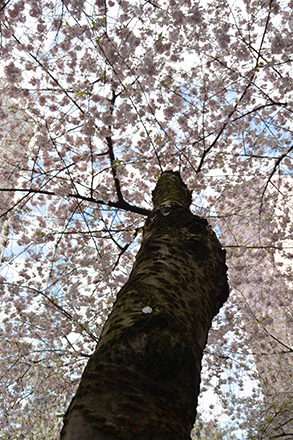
Celebrating the Cherry
The Vancouver Cherry Blossom Festival holds several public events designed to bring the community out to celebrate our beautiful blossoms, including Sakura Days, an amateur photography contest, and a well-known international Haiku competition which has seen over 9000 submissions from 39 countries since 2006.
“We want to encourage people to take time out, picnic, and sit under the cherry trees,” says Poole. This practice is popular in Japan, where it is referred to as hanami.
“We just really want people to get out and enjoy the blossoms. We want them to celebrate this time of year,” she concludes.
The VCBF runs from April 3-28th. For a full list of events, please visit: https://www.vcbf.ca
- Source: https://www.vcbf.ca
- Ohnuki-Tierney, Emiko. Kamikaze, Cherry Blossoms, and Nationalisms: The Militarization of Aesthetics in Japanese History. Chapter 1: The Field of Meaning, Images, and Aesthetics, pgs 27-29. Chicago: University of Chicago Press, 2002.
- Arts, P.L.W. Violets Between Cherry Blossoms: The Diffusion of Classical Motifs to the East: Traces in Japanese Art. Introduction, page V. Holland: Leiden University Press, 2011.


